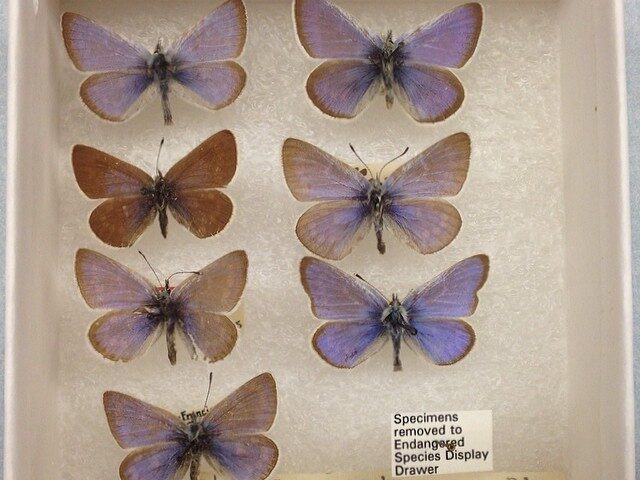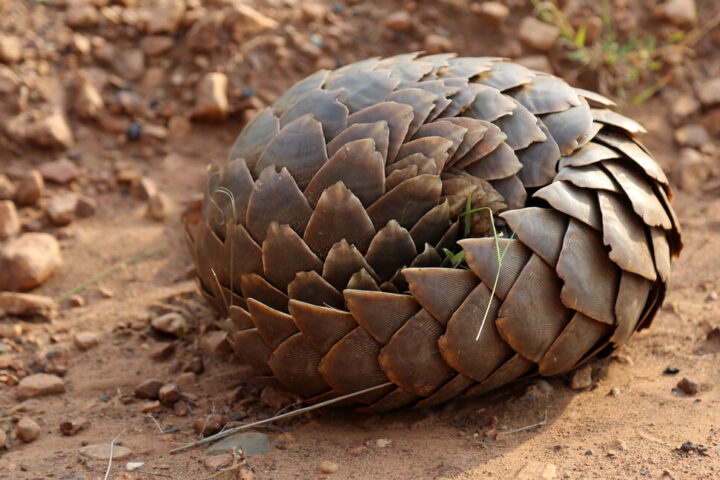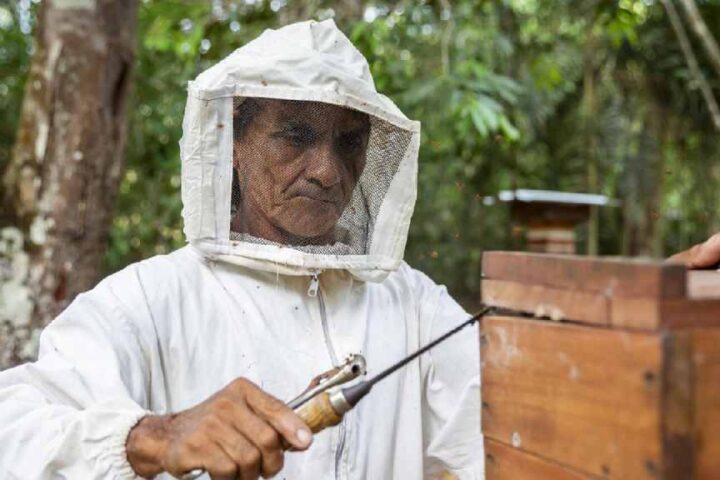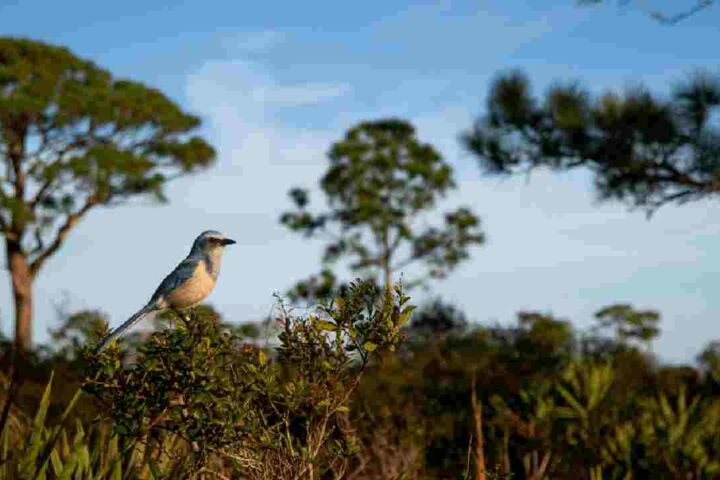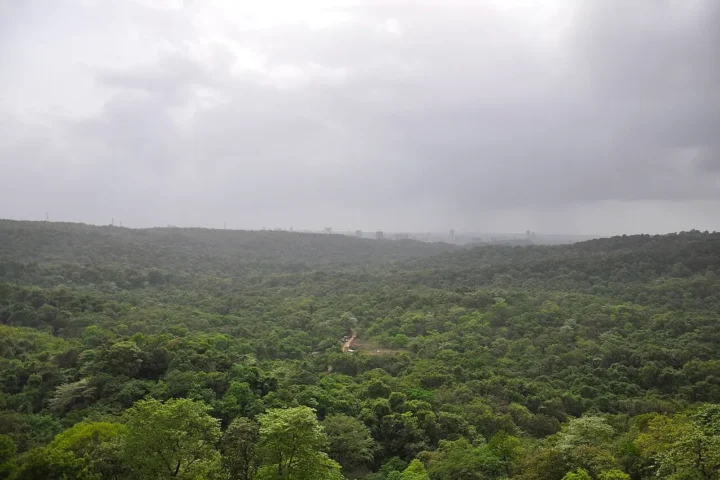A rare purple flower once on the brink of extinction is blooming in record numbers in California, giving scientists new hope for its survival. This spring, researchers discovered 16,000 Camatta Canyon amole plants at Las Piletas Ranch in San Luis Obispo County, far exceeding previous population estimates.
“Until a couple months ago, I never would have even contemplated a study around Camatta Canyon amole, or a rare plant on our property,” said Scott Butterfield, lead scientist with The Nature Conservancy in California who made the discovery with his team.
The Camatta Canyon amole (Chlorogalum purpureum var. reductum) is a small perennial plant with distinctive royal purple blooms atop eight-inch spiny stalks. Before this discovery, scientists believed only about 10,000 plants existed worldwide, confined to just two locations within a 90-acre area of the Los Padres National Forest.
This plant isn’t just rare – it’s uniquely adapted to very specific growing conditions. Butterfield found the amole thriving on the slopes between vernal pools (seasonal ponds formed by rainfall) and natural dome-shaped hills called mima mounds.
“We’re seeing they actually thrive on the slopes of the mounds, not in the pool, not at the top, but that in-between space,” Butterfield explained. “That’s a really interesting and unexpected result.”
Similar Posts:
The amole’s journey to endangered status began decades ago. It was listed as rare in 1978 under the California Endangered Species Act and received federal protection as a threatened species in 2000. Its decline has been linked to several human activities – primarily off-road vehicles and livestock grazing that damage both the plants and their delicate habitat.
The plant faces additional challenges that have made recovery difficult. It grows extremely slowly, requiring years to mature and produce seeds. According to research by the California Department of Fish and Game, a study that planted 360 seeds resulted in only one mature, seed-producing plant after twelve years.
Scientists believe this year’s spectacular bloom may be the result of specific weather patterns. “Drought-like conditions, which harm plants in competition with the amole, were followed by a few years of higher rainfall,” said Heather Schneider, a senior rare plant conservation scientist at the Santa Barbara Botanical Garden who led a three-year conservation project on the amole.
This pattern might have weakened competing plants while allowing the amole’s underground bulbs to strengthen, creating perfect conditions for this year’s mass flowering. Wildfires and late rains may have also contributed to the favorable conditions.
The discovery at Las Piletas Ranch is particularly significant because it suggests the amole may be more widespread than previously thought. Butterfield hopes this finding will lead to the plant being removed from the endangered species list during the next five-year review conducted by the U.S. Fish and Wildlife Service.

Conservation efforts continue, with scientists focusing on seed collection as insurance against future threats. “Every opportunity we have to get genotypes into long-term conservation is a little insurance policy against extinction,” Schneider said, having collected five seed samples during her study from 2021 to 2024.
The amole’s remarkable recovery offers a positive message for conservation efforts. “Nature doesn’t work on our time scales,” Schneider noted. “All is not lost. There’s still hope. Nature waits.”
This surprising bloom represents a bright spot in California’s plant conservation landscape, where approximately 25% of the state’s 5,000 native plant species are considered rare or threatened. With continued protection and research, the tiny purple flower that was once a mystery may continue to thrive on California’s hillsides for generations to come.
“Rare Purple California Flower Population Jumps 160% in New Find”





